I'm simulating this circuit in Micro-Cap, which is the clipping stage of a guitar effect. The opamp model is the "NE-5532"

I want to measure the input and the output impedance. I expected an output impedance closer to zero Ohm, and an input impedance of about 10kOhm, with an "infinite" impedance at 0Hz due to the decoupling capacitor at the input.
Here it is the analysis in Micro-Cap.

As you can see the input impedance (the blue graph) is close to what i expected, but the red graph, which is the output impedance, it's really strange. It's almost 10kOhm, with a peak of almost 1MegOhm, and i can't really explain why.
If i switch the model to a "LF-155" i get a more "reasonable" results, with an output impedance of 1.680E-68 Ohm, which is also strange.

Can you help me? This thing is driving me crazy.
